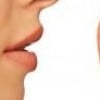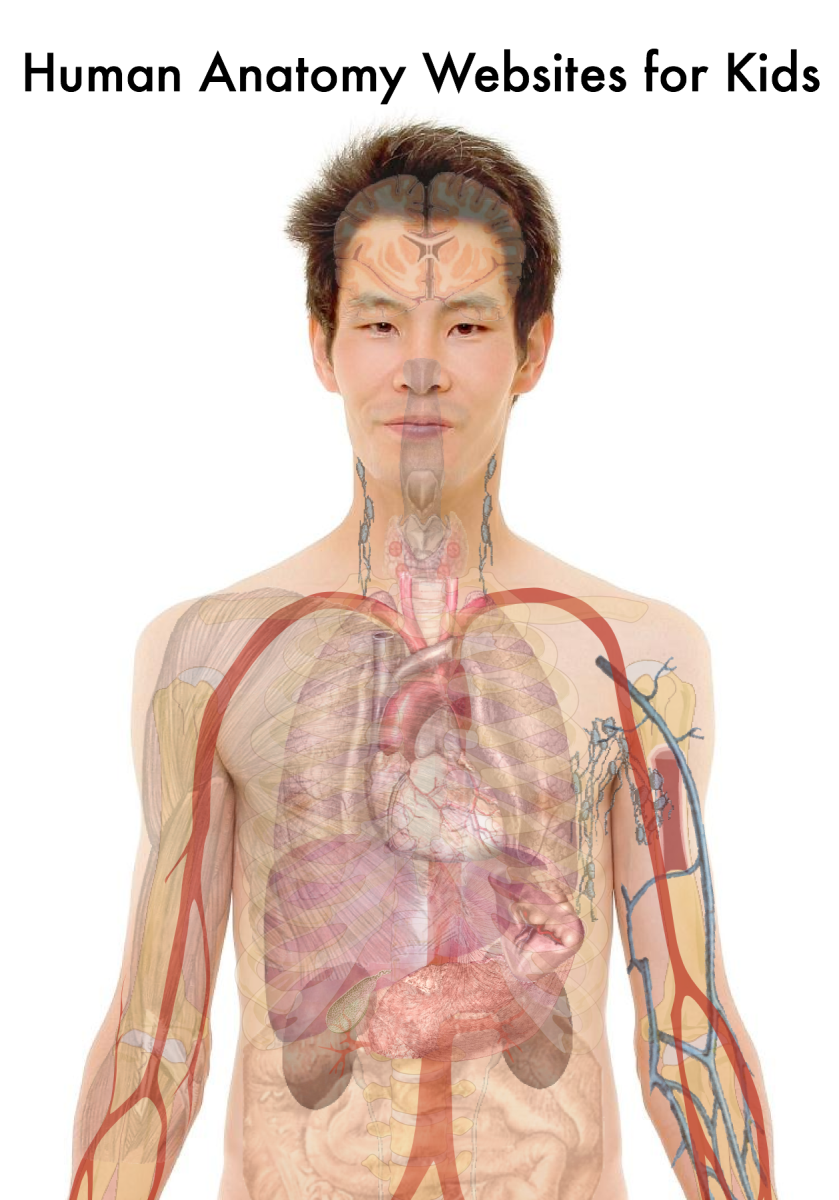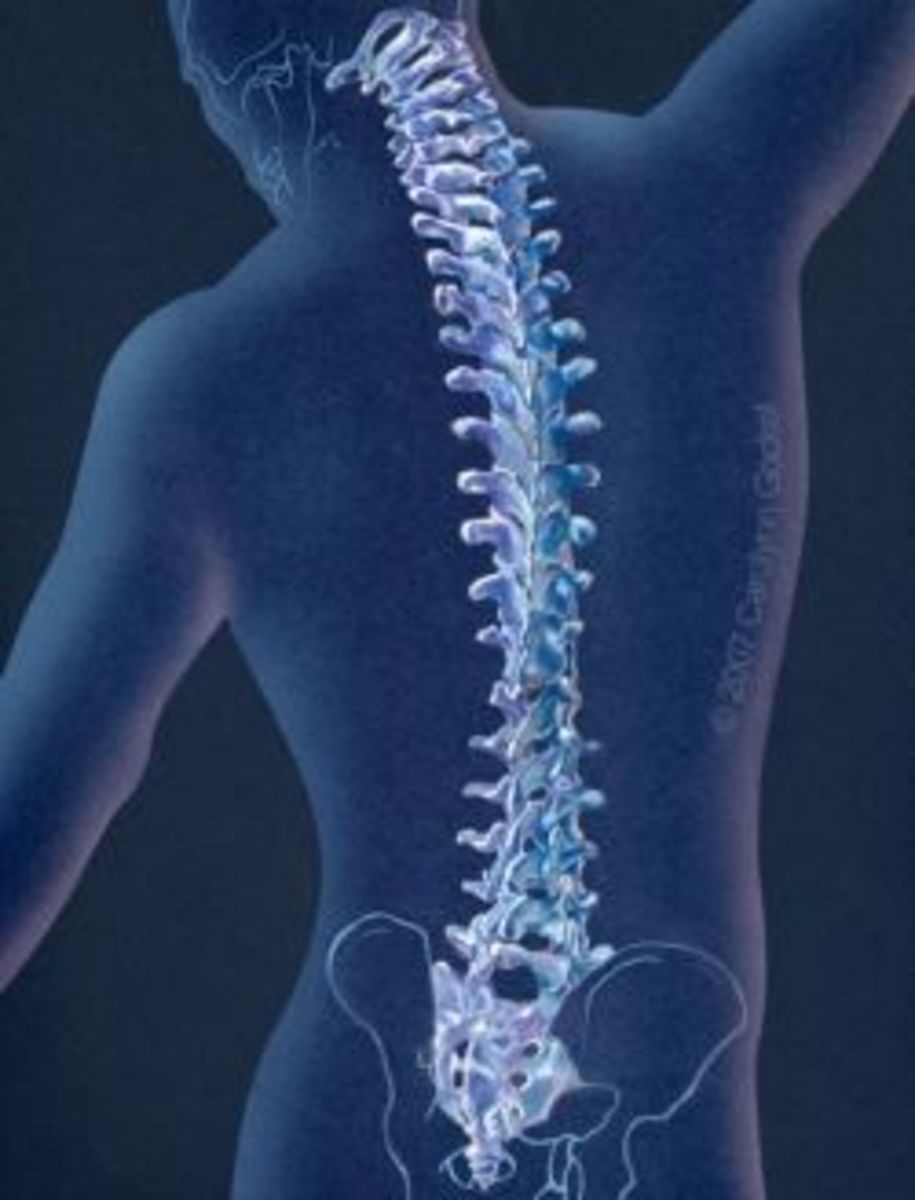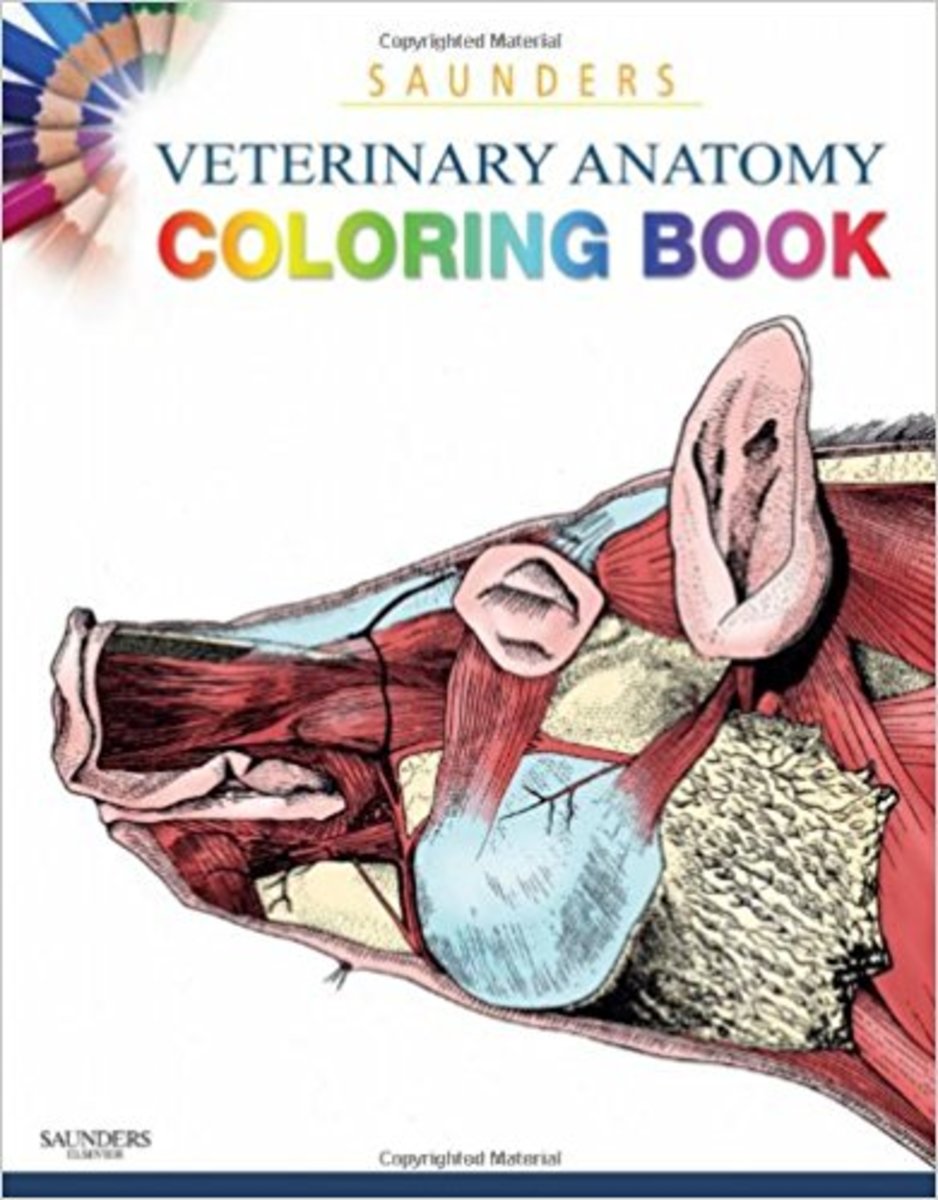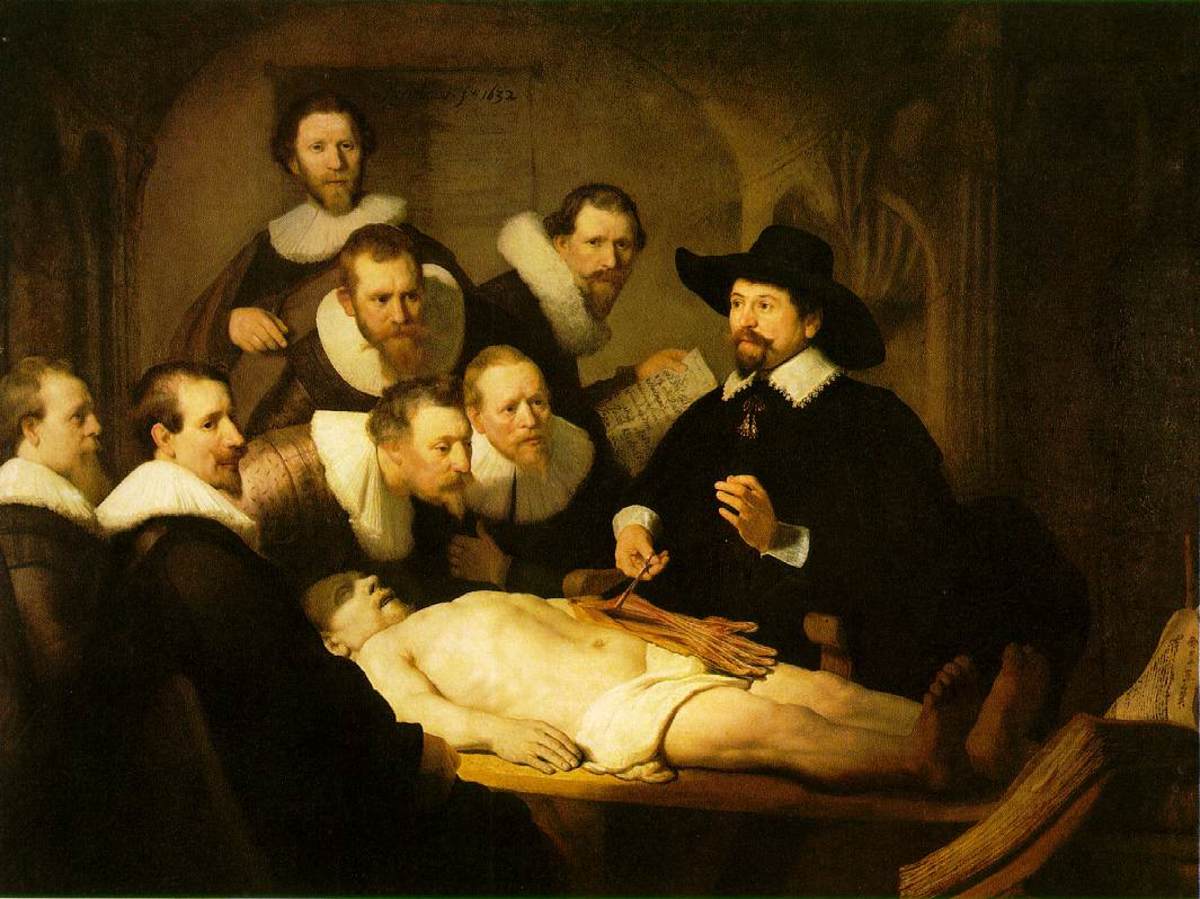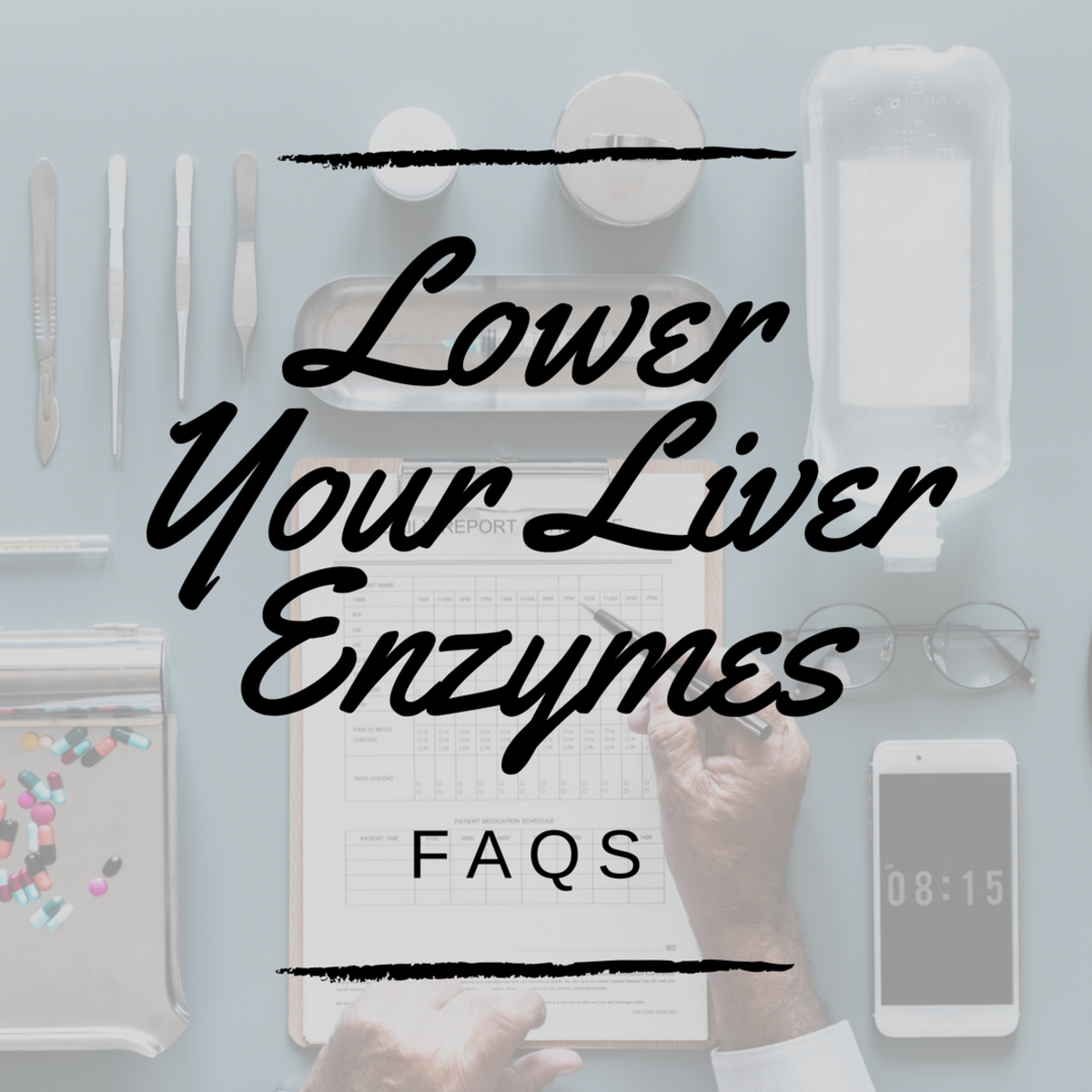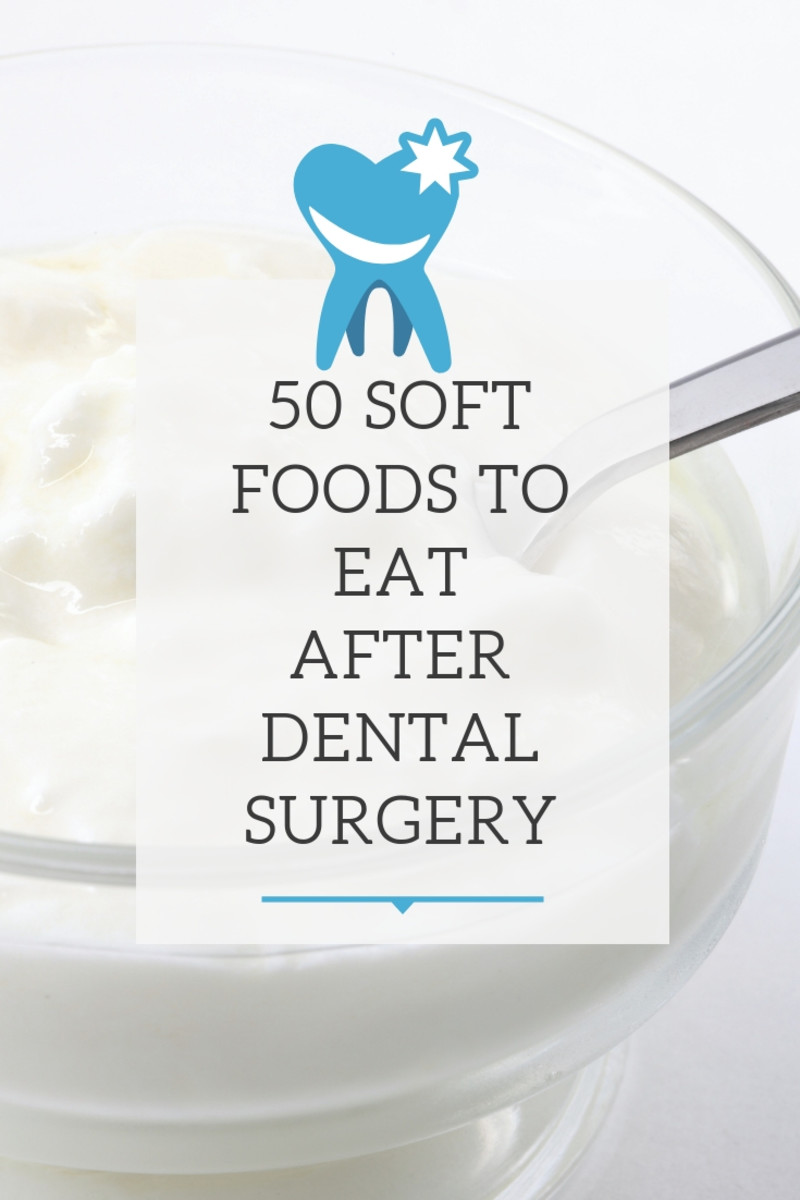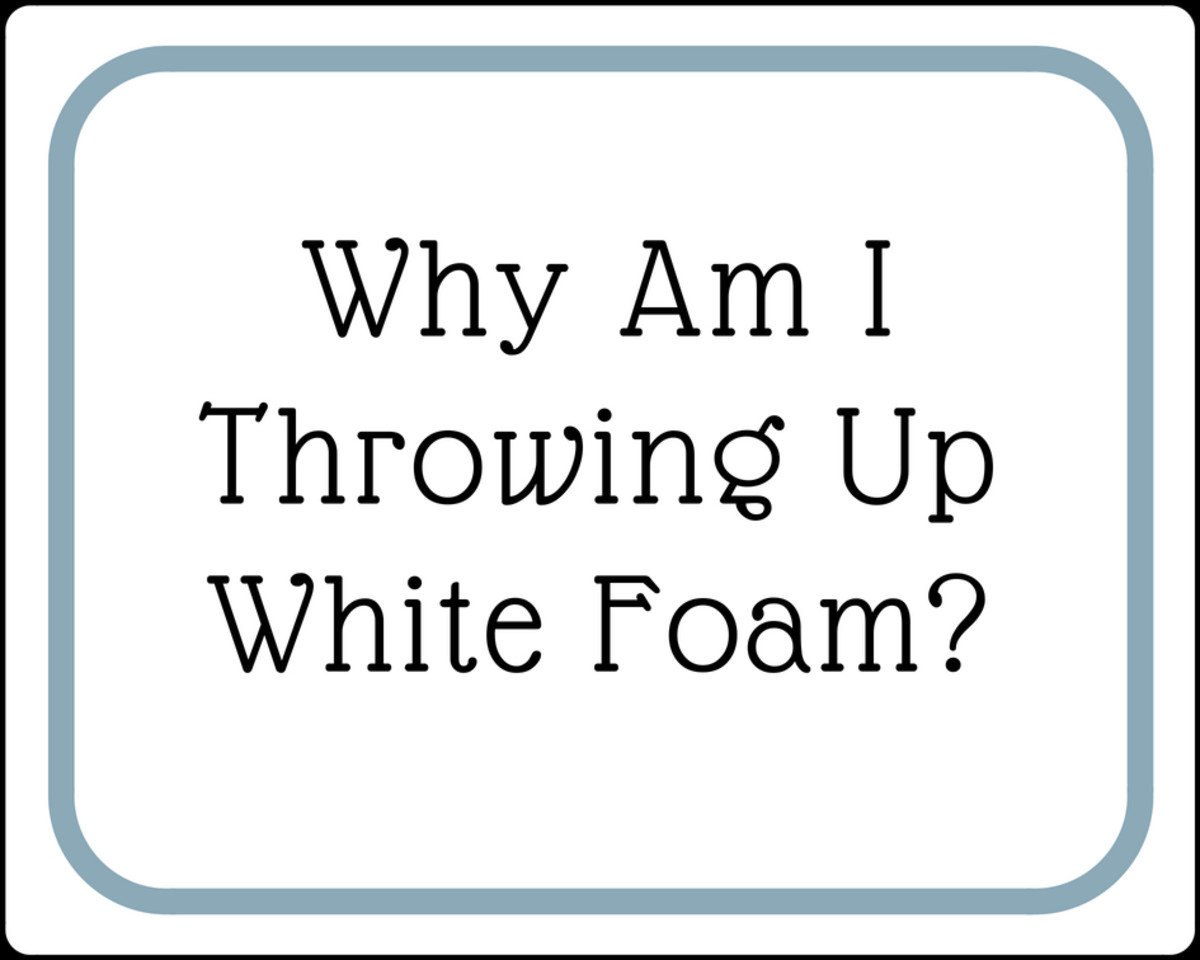Human Anatomy: Loving the Parts of Our Body We Rarely Think About
The Human Anatomy and the Intricate Body Parts that help us be an Amazing Machine
- Taste Buds ~ Those bumps (papillae sounds like puh-pih-lee) you see on your tongue are sensory organs that tell you when food is sweet, bitter, sour, salty. Taste buds only last 10 days to 2 weeks. There are about 10, 000 taste buds but as you age, less work, so older people may only have 5,000. Smoking reduces taste buds also.
- Canal of Schlemm ~ a circular stream in the eye that drains the thick watery fluid called aqueous humor to avoid the build up of too much pressure. When there is a blockage, glaucoma can result. Glaucoma is an eye disease that can result in blindness or obscured vision when the fluid pressure gets too high. This can damage the optic nerve.
- Platlets ~ are small in size compared to blood cells. They are Platelets contour is irregular, have no color and are present in the blood. They have a sticky surface, which helps form scabs. Platlets help to protect us against bruises and blood loss. They are manufactured in the bone marrow. Platlets are easily affected by alcohol. Too much alcohol can impede the production of platlets in the bone marrow. Platlets like folate which can be found in food like lentils, asparagus, spinach. These foods help keep your bone marrow healthy. In the human anatomy, If there is something wrong with the bone marrow, platlet production will be affected. People can donate their platlets to help others. Donating platlets is different and easier than donating whole blood. When you donate whole blood, all of the parts of blood are donated at once. Whole blood donations serve different purposes. When you donate your platlets, a machine draws the blood from your arm, into a specialized machine that separates the parts of the blood. The platlets are taken out of your blood, and then the rest of your blood goes back to you. This process is called apheresis (ay-fir-ee-sis). You have no after affects from the donation, and your supply of platlets is regenerated within 72 hours. It takes about 2 hours to donate, but platlet donation is easier on you, and you can do it more frequently than whole blood donation. Platelet donations help people with various types of cancer who need a bone marrow or stem cell transplant. Go to GiveLife.org to get additional information.
- Tear Ducts ~ Have you had a good cry lately? Crying is a good release of your feelings from physical or emotional pain. But have you ever thought about what is involved with crying? First, your brain sends a message to to your tear gland to manufacture the tears. We have 2 different types of tears ~ baseline tears ~ and ~ emergency tears ~. Our baseline tears keep the eyes wet and protected. The emergency tears come on when you cry from happiness, sadness, pain we feel, or to get rid of something that flew in our eye. Blinking helps generate a protective coating from the tears to prevent your eyes from feeling irritated or dry. Looking at a computer, slows your blinking rate. Now that you read that, did you just blink?
Human Anatomy
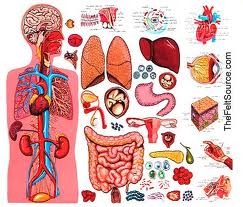
- Liver ~ weighs about 3 pounds, and is a constantly active organ. The liver can regenerate itself if it is damaged. It is a tireless, smart organ that has many functions from breaking down toxins to metabolizing fats to manufacturing cholesterol and many other bodily functions. The liver performs many functions that we just take for granted. People who are overweight, can make their liver fatty which can lead to liver disease. Liver disease affects 30-40 million Americans. The liver acts like a filter in the body. Nearly everything a person puts into the human body, the liver will process, and some things may cause eventual harm. Even too much tylenol-like products, and some prescription drugs can affect the liver. Tattoos can expose you to hepatitis C. Excessive drinking can lead to cirrhosis of the liver. Appreciate your liver, appreciate the way the human anatomy works, because it does so much for you.
- Salivary Glands ~ Humans have 3 pairs of salivary glands. The largest pair are below and in front of each ear. The 2nd largest pair is below the jaw. The third pair is situated under the tongue. These glands produce saliva, which keeps the mouth moist, helps food soften, and creates an enzyme called amlyase that helps start the digestion Smelling, seeing, and eating food stimulates the flow of saliva.
- Bronchi ~ plural of bronchus. The trachea (wind pipe) divides into 2 Bronchi which are airway tubes that carry air to the alveoli (tiny air sacs ) in the lungs. With every breath we take, it is our lungs that brings in oxygen to power all the cells and organs of our body, and exhales carbon dioxide to filter out the wastes. Our lungs fill up most of our chest cavity, and is protected by the ribs. We have a pair of lungs, but did you know, they are different sizes. The left lung is slightly smaller than the right, because our heart is near the left lung. Exercise is one of the best things you can do for your lungs. Deep breathing exercises also help increase lung capacity and circulates more oxygen to the whole body, which helps give you more energy.
- Ligaments ~ connect the bones to each other. (as an example, inside the knee). Ligaments are help bind joints together. They are composed of elastic fibers and collagen which let the ligaments stretch and move. The elasticness of ligaments get longer when they are under tension and return to its original shape when the tension is gone. When someone is “double jointed” (hyperlaxity), the joints have more elastic ligaments that can stretch and contort even more.
- Sebaceous Gland ~ secretes an oily substance from the skin to lubricate the hair and skin to prevent irritation and drying of membranes. In the human anatomy, Sebaceous glands are all over the body, except on the palms of hands, top and soles of the feet, and the lower lip. The area that has the most sebaceous gland is the chest, face, and upper part of the neck. A diet high in fats and the teenage years may make the sebaceous gland overactive. Poor hygiene may cause the sebaceous gland to be blocked. Acne, baldness, and some skin disorders may be related to excessive oily secretions from the sebaceous gland.
